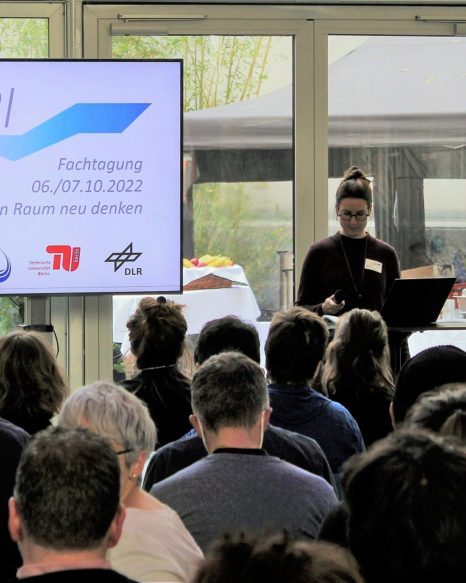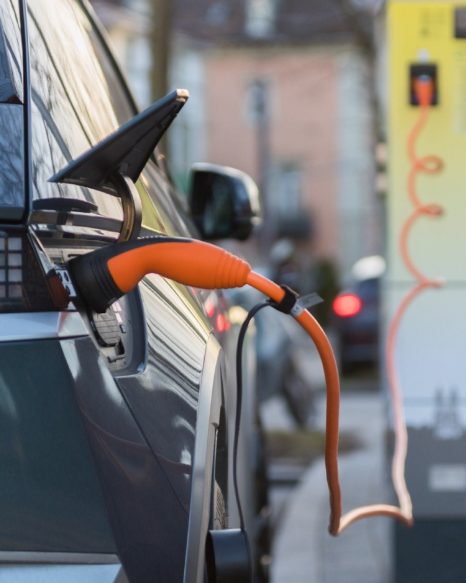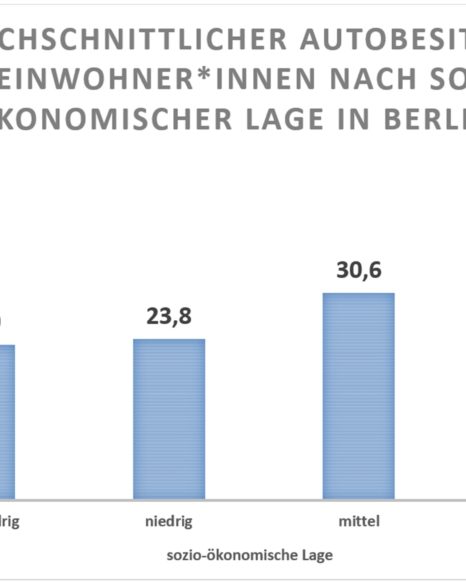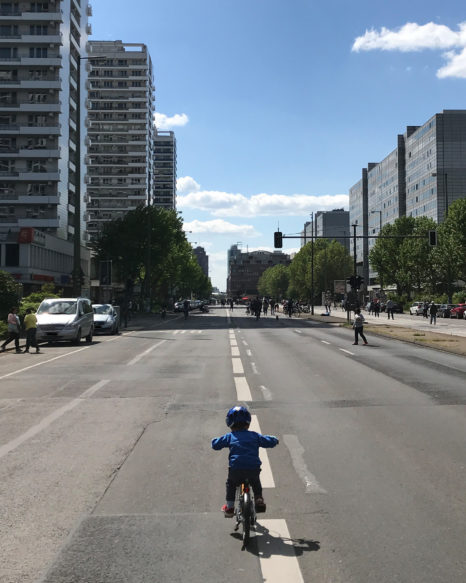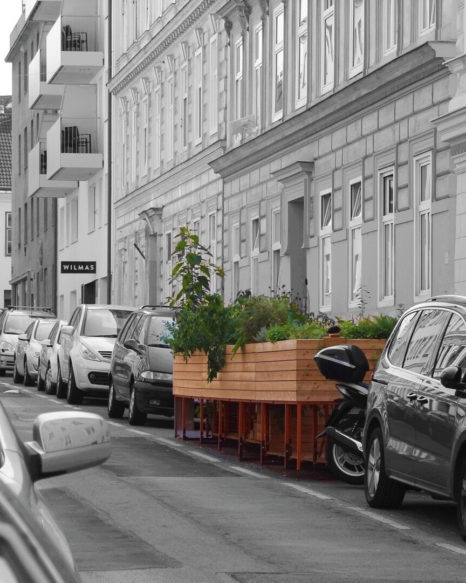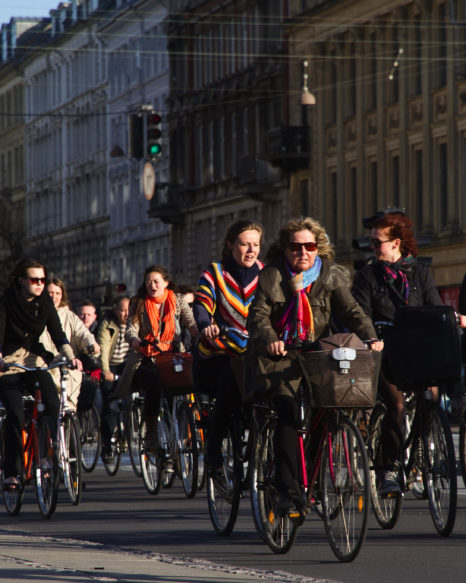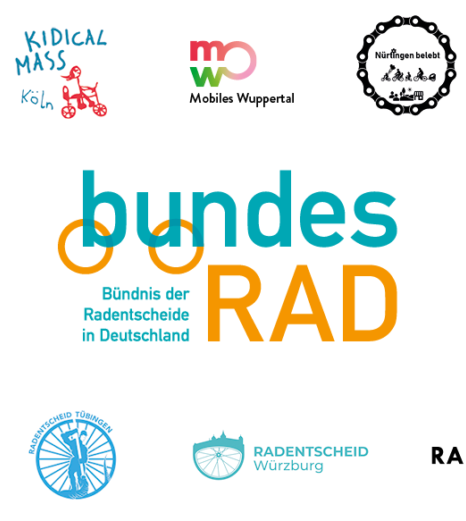Can real-world experiments spark a transformation?

Real-world experiments have become popular in urban planning and mobility research. But what contribution can they make to a sustainable and equitable transport transition? A new study shows where real-world labs fall short.
Real-world experiments in transport systems are practical interventions of limited duration involving practitioners from science, politics and civil society. Such opportunities to explore and experience change in the real world come with great expectations as successful experiments can trigger more far-reaching transformation processes.
And indeed this is the whole purpose of generating knowledge through real-world experiments. As a consequence, they are attracting considerable attention in transportation and urban planning circles.
Studies around the world have shown that real-world experiments in urban environments often generate positive local impacts despite the conflicts that inevitably accompany them. The benefits include increasing levels of interaction within neighbourhoods, improved traffic safety, demonstrably cleaner air, less motorized traffic, and opportunities to unseal, green, and ultimately create more space for people in neighbourhoods.
Experiments have the advantage that policy measures can be adjusted and improved in an ongoing testing process with the help of science and the general public.
While the small-scale benefits and added value for neighbourhoods and districts are obvious, whether and how these experiments contribute to the bigger picture of a sustainable and equitable mobility transition was less clear until recently.
A research team led by social scientist Katherine Van Hoose from the University of Amsterdam have now examined their potential to advance transformations in a study based on six real-world experiments in Germany and the Netherlands.
Temporary projects or part of a change strategy?
The study shows that the impacts of real-world experiments are as varied as the projects themselves. The context in which experiments are conducted is crucial: more radical experiments that mobilize the public and elicit communication are more likely to make a greater contribution to the mobility transition.
One example of this is the "Umparken Schwabing" project in Munich, in which residents traded in their cars for one month in exchange for a mobility budget. The public was broadly supportive of the project, which took vehicles off the road in order to improve the quality of life in neighbourhoods.
This effect was also observed in the case of Amsterdam's first "Living Street," the Hugo de Grootkade, which was closed to motorized traffic for four weeks. There too, activities and interactions increased in the neighbourhood during this time.
However, according to the researchers, neither of these experiments was meaningfully integrated into existing and long-term mobility strategies. In some projects, evaluations and lessons learned were not thoroughly analysed and incorporated into overarching mobility concepts. However, this is crucial if experiments are to contribute to real change.
One initiative that got this right was the „Piazza Zenetti“ project in Munich's Isarvorstadt, where unused parking spaces were repurposed for shared mobility services. From the outset, this project was integrated into larger mobility strategies such as "Munich Summer Streets", and the City of Munich, which initiated the project, showed an interest in the project’s evaluation and the lessons learned from the very beginning.
Permitting processes can trip up real-world experiments
Real-world experiments benefit local neighbourhoods despite generating some adversity and conflict. Actually experiencing public space as something more than a place to store oversized tin boxes on wheels usually changes people’s perceptions and views.
But it is also true that the more radical a real-world experiment is, the more difficult it is win people over – not least of all due to the broader social context and state of debate. If this were not the case, there would be no need for these experiments.
This raises the question of what upcoming projects (such as the project in Berlin's Graefekiez, where parking spaces are to be returned to the community in a participatory process) can learn from previous real-world experiments.
The study shows that in many cases administrative and regulatory hurdles prevented experiments from unleashing their full potential. According to many practitioners, obtaining permission to repurpose road areas for uses other than private transport was the most time-consuming and challenging task.
Adapting experiments to local contexts and circumstances will play an important part in the planning and implementation of future experiments, as will ongoing efforts to amend relevant laws and regulations. Because one thing is certain: we need the mobility transition more than ever.
This article was also published on Klimareporter .






